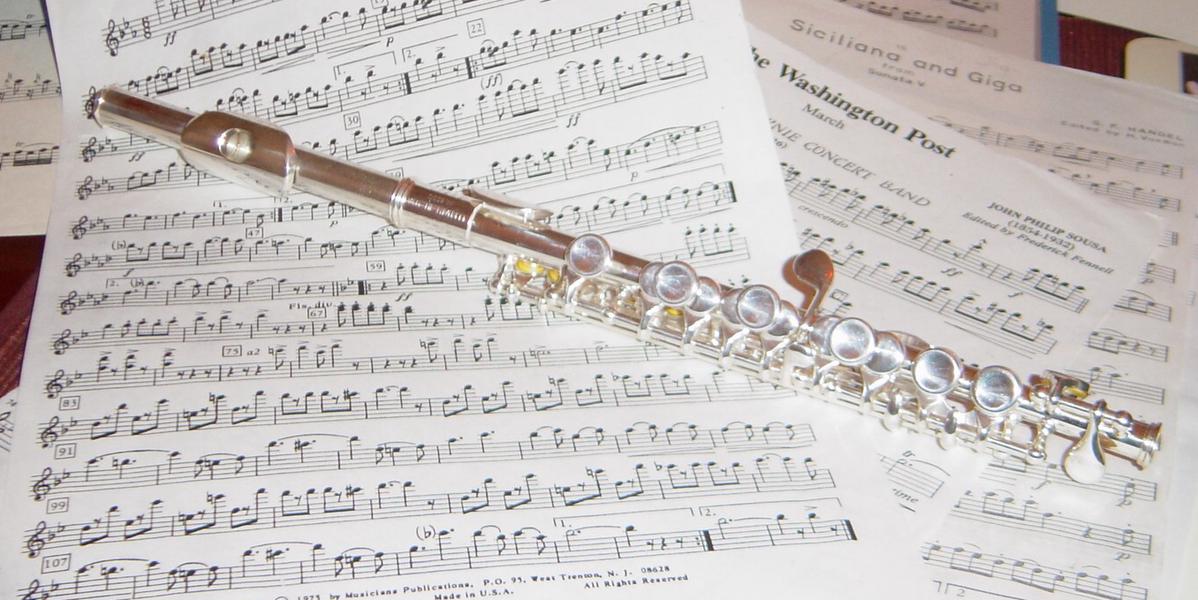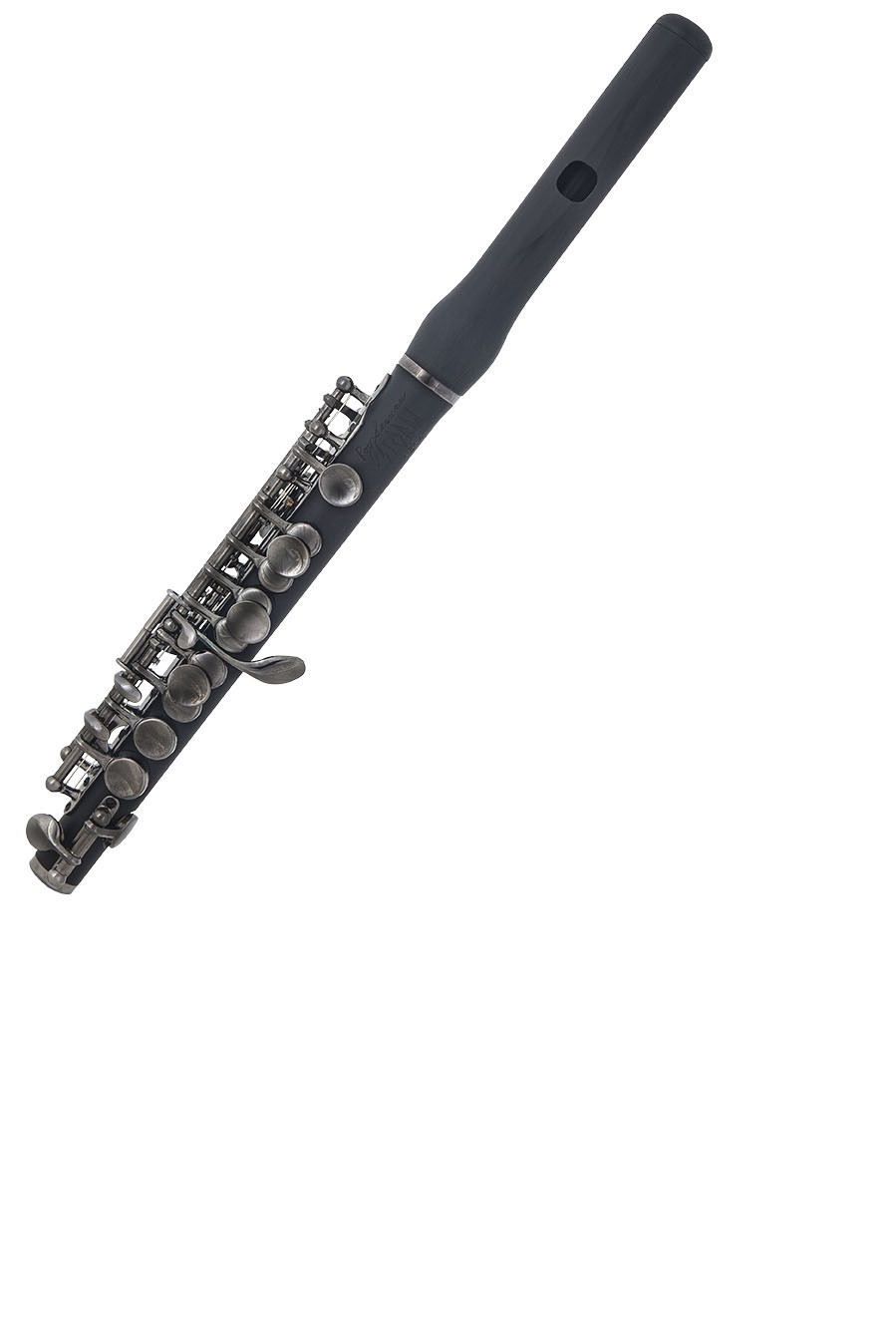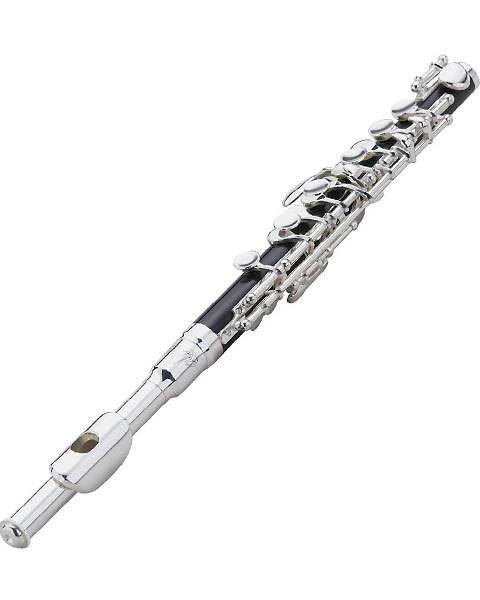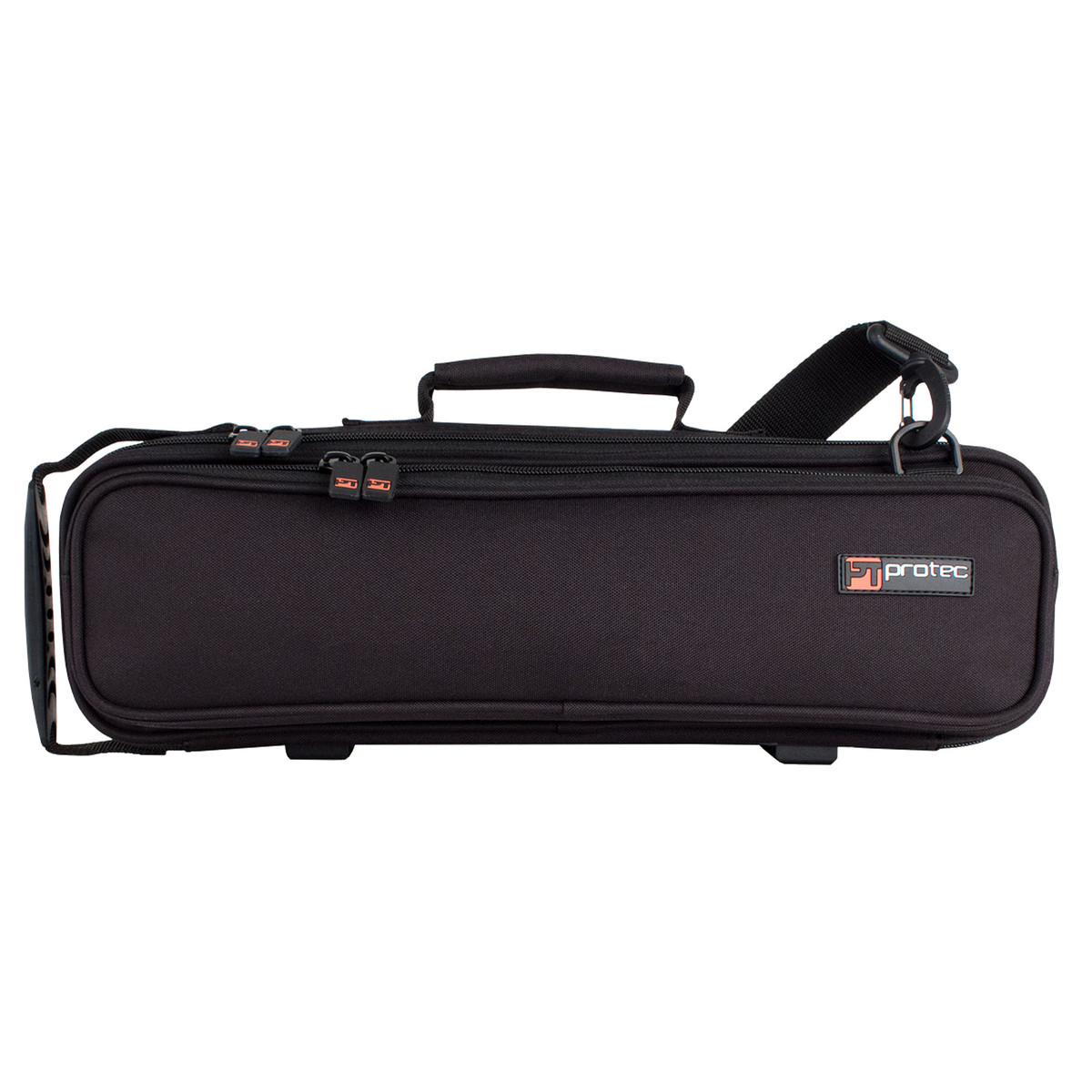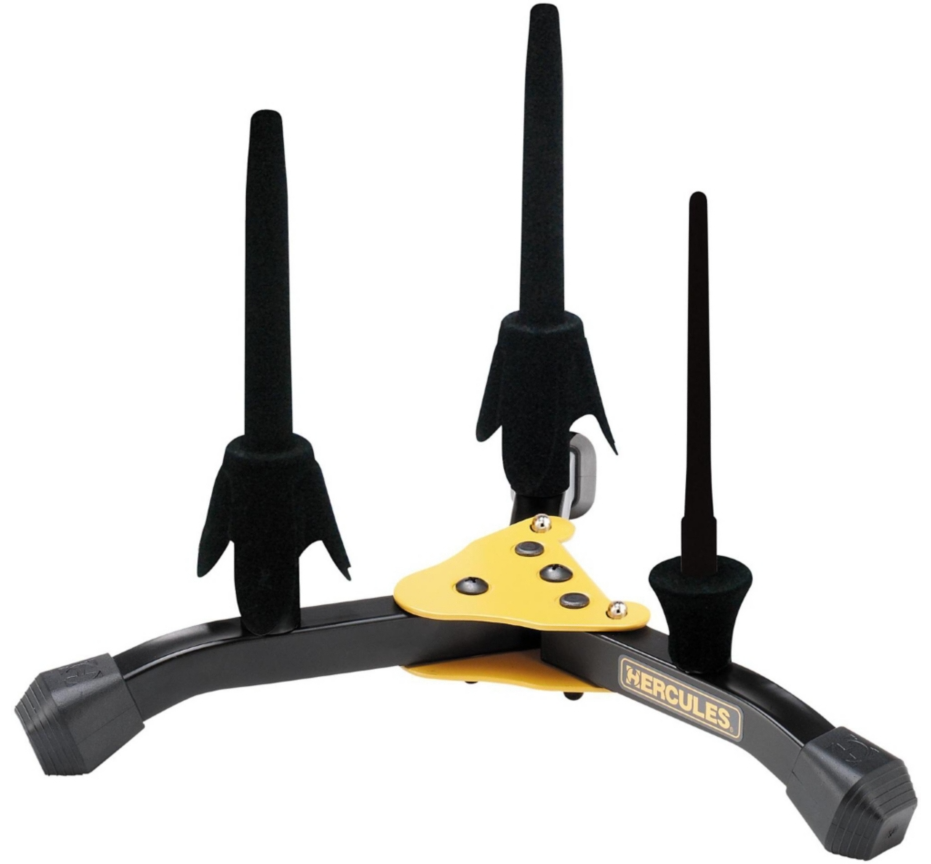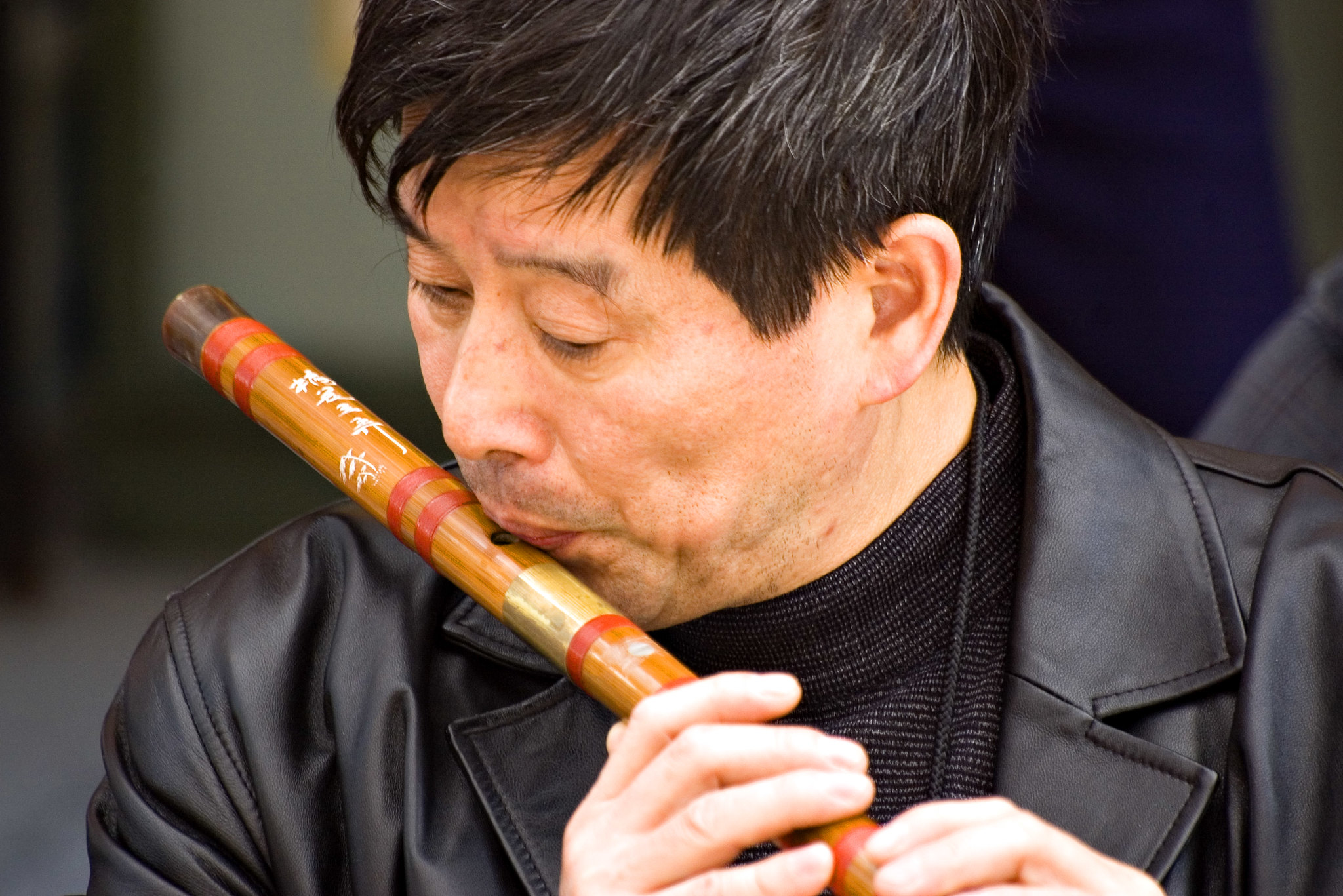The piccolo is a popular addition to the flute family. Below, we’ll discuss the history of this tiny yet powerful instrument, as well as the piccolo flute’s mechanics and different types of repertoire. Read on to find out all about them.
Piccolo Vs. Flute
Before we get into how to play the piccolo, let’s compare it to the flute. The first thing you should know about the piccolo is that it is half the size of the flute. But rest assured that you don’t have to start everything anew, flutists! The piccolo and the flute use the same fingerings, it’s just on a smaller scale!
The piccolo plays one octave above where it reads. So, the main difference between the flute and the piccolo is that the flute is not a transposing instrument, whereas a piccolo is. Another difference is that the intonation of the piccolo is much different than the flute, but more on that later. First, let’s discuss this commonly asked question; How is a fife different from a piccolo?
Fife Vs. Piccolo
A fife is a narrow-bore woodwind instrument and was commonly used in fife and drum corps back in the day. Like the piccolo and flute, the fife is a transverse instrument. It’s loud and piercing, but not in the same way that a piccolo is. Because the fife has a much smaller bore than the piccolo, it has a very different tone quality.
In addition to the timbre difference, the piccolo and fife have some more difference when it comes to fingerings. While they’re both based on the 6-hole woodwind concept, the fife does not have regular keys to press down, just holes, like what you would find on the recorder. Take a look at the fife below. Notice how there are no keys, and how different the length is from that of a piccolo.
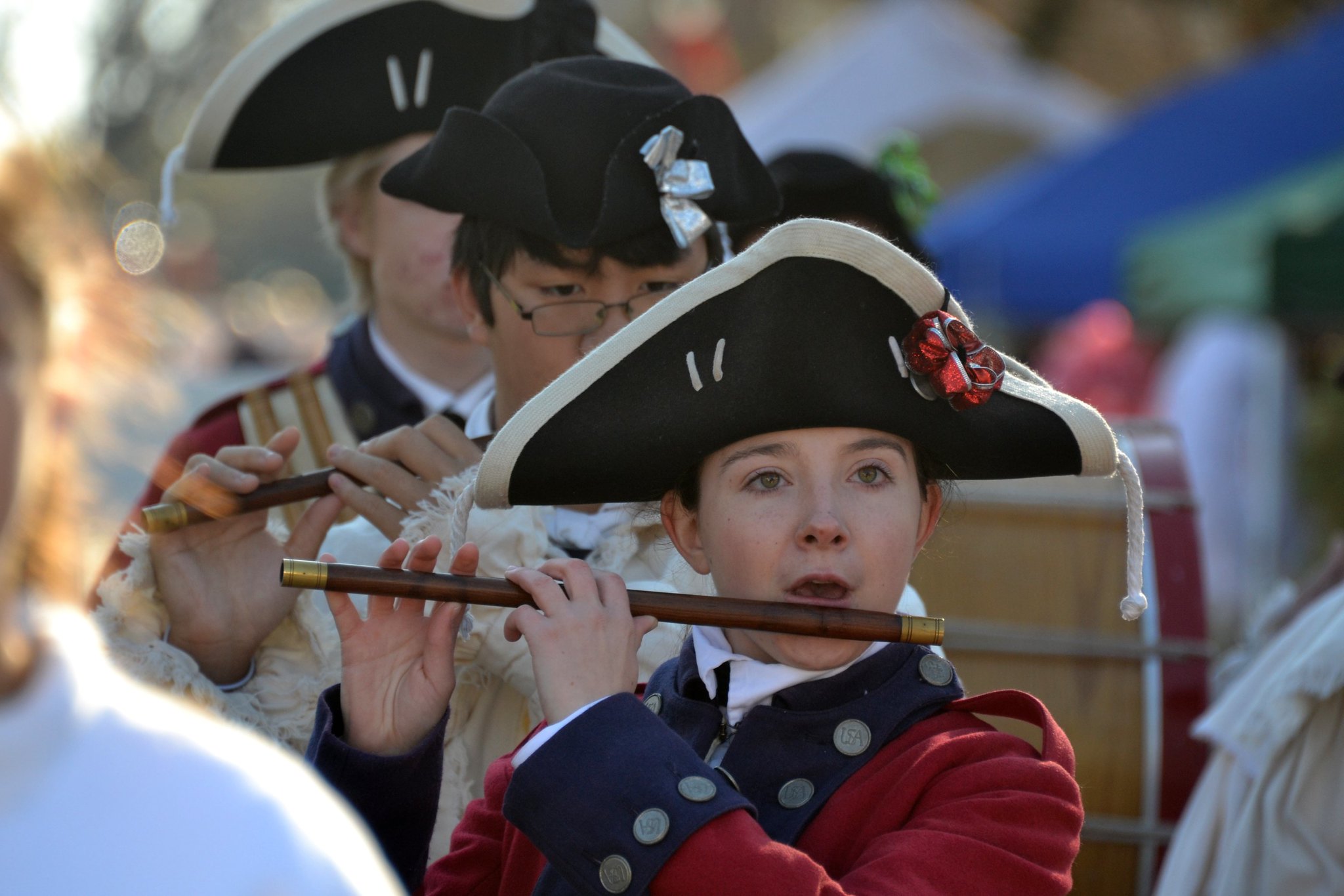
Piccolo Intonation
Apart from its shrill potential, piccolos are most renowned for being difficult instruments to tune. But why?
If you haven’t noticed already, the piccolo is a very small instrument. So the slightest of embouchure changes can cause a huge pitch difference. On top of this, is the fact that intonation tendencies on the piccolo are completely different than that of the flute. The notes that are sharp on flute are most likely going to be flat on the piccolo, and vice versa.
How To Play the Piccolo
Let’s start with the basics. You’re probably wondering; How do I play this thing?! Let’s take a listen!
Like Amelie (and many other flutists), I was simply handed a piccolo one fateful day. For me, it was in high school band class. My director said, "Here you go, try it out!" and looked at me expectantly. We were sight-reading a piece for a band festival, and it featured this huge piccolo solo with long held high Es. It felt like everyone was watching me huff and puff on a sightread solo, but it was to no avail. I made no noise on the piccolo.
Of course I couldn't make a sound on this new instrument! Even though I was a flutist then, the piccolo is an entirely different instrument! The piccolo I first tried was grenadilla wood, and it didn’t even have a lip plate! While many of us drool over the thought of a wooden piccolo with a wave headjoint, it is simply not the best instrument to make the big jump into playing piccolo. Even if it does have a headjoint, the embouchure is so different, you might not make a sound on the first day. So, before I go into further detail of how to go about starting the piccolo, flutists; be patient with yourselves.
Here’s how switch from the piccolo to the flute:
- Start with some low notes. This will be a closer embouchure to what you are using on your flute.
- Slowly work your way up to higher notes.
- Try the Monroe Minute, or other long tone exercises.
Some other notes and facts for starters:
- Support, support, and use lots of air pressure. If you don’t, your intonation will suffer, not to mention your tone.
- The piccolo uses more air than the tuba! Why? Because we lose ⅔ of the air blowing over the hole.
- Piccolo is the great amplifier of flutists' mistakes. If you’re struggling with it on the piccolo, it might actually be happening on your flute too, on a smaller scale.
- Practice your flute etudes and pieces on the piccolo.
- Slowly increase your practice time. Start with 10 minutes, and every day, increase it by five more. If you do too much all at once, your corners will hurt, and you’ll wear your embouchure out.
Buying A Piccolo
Before you think about buying a piccolo, you should know about the two kinds of piccolo bores, as well as the most popular materials piccolos are made of.
Piccolos can either have a conical or a cylindrical bore (whereas most Western C flutes are cylindrical). Wooden piccolos usually have a conical bore, which means that the tube inside the instrument flares out in diameter. Metal piccolos are usually cylindrical, so they have an even diameter inside the entire instrument. Another place the conical/ cylindrical bore comparison can be made is in the brass family. Bore shape changes the quality of sound, as well as how specific overtones ring out.
Professional piccolo players will likely want to opt for a sonorous, conical bore piccolo, such as that made of grenadilla wood. Advanced high school or college players may want to invest in a wooden piccolo as well, especially for auditioned concert bands. What kind of piccolo you’ll want to purchase greatly depends on what kind of context you’re going to use it in. If you’re marching, it’s best to get a sturdy metal piccolo.
Let’s discuss some specific piccolo options more in-depth:
Roy Seaman Piccolo
This piccolo is that of excellent quality. Gemeinhardt is renowned for making high-caliber piccolo. The Roy Seaman Gemeinhardt is a wooden, conical-bore piccolo. I’d recommend it for advanced high schoolers looking to do solo competitions or for performance undergrads looking to play in indoor auditioned ensembles. The Seaman piccolo is an instrument all flutists have heard of. It’s reliable, warm-sounding, and versatile.
As far as features, the Roy Seaman is made of Grenadilla wood. Grenadilla is a rare type of tree native to Africa, and is in the same family as rosewood. If you’re looking to get a wood piccolo, Grenadilla would be the type of wood to choose. It’s less likely to crack. The Seaman also has solid silver keys, and a split E mechanism.
Allora Piccolo
The Allora piccolo is a good choice for those marching, or just starting out. Priced at around $300, the Allora won’t break the bank. I got an Allora at the end of high school, so that I could march piccolo.
The Allora student model piccolo is a cylindrical bore piccolo with a silver-plated headjoint with a resin body. The headjoint has a lip plate, so it makes the switch from flute to piccolo easier for those who are just starting out. And since it's predominantly resin, it holds up better to the elements than a wooden, or even an all-metal one would.
Used Piccolos
You might be able to find an Armstrong piccolo, for example, for much less than its typical $1000 asking price, if you find it used. Even Ebay can be a great place to shop for instruments if you get all the details and know where to look. Other reliable brand names include Pearl, Jupiter, Hammig, and Yamaha.
Composite Piccolos
Another material that is becoming more popular for piccolo these days is composite. Composite piccolos offer a compromise between the wooden and metal piccolos; They are sturdy enough for outdoor playing but are mellow enough for concert band. The Allora is a composite (also known as resin) piccolo. If you are going to use the same instrument for both marching and symphonic band, a composite piccolo is a great choice. Nuvo TooT composite piccolos come in every wild imaginable, such as pink and white, and bright orange!
Piccolo Accessories
Piccolo Headjoints
Just like how you can upgrade your flute by changing it’s headjoint, you can upgrade your picc too! As players progress and embouchure muscles are built, it’s good to invest in a headjoint that doesn’t have a lip plate. The combinations of headjoints and bodies are just as endless as that on flute. You can mix resin and wood, wood and metal, and so on. It just all depends on the playability, tone, and your preference!
Piccolo Cases
Protecting your piccolo is of the utmost importance. A case cover over top of your hardshell case should keep it safe:
You can also purchase cases that hold both a flute and a piccolo at the same time. This is great if you’re a woodwind doubler who plays in musicals.
In addition to a sturdy piccolo case, consider placing the piccolo case inside of a plastic bag if you travel a lot. This will keep the pads at a more consistent moisture, and keep the body safe from cracking if it’s made out of wood.
Piccolo Stands
Piccoloists are often woodwind doublers. So don’t juggle two instruments on your lap- you could end up with a bent key, or worse.. I recommend getting a flute/ piccolo stand, so that you can safely set down your instruments when it comes time to switch. The brand Hercules makes a great woodwind stand, that can hold up to 3 smaller woodwinds at one time. Check it out here:
Famous Piccolo Players
The piccolo has been used all the way from Perschecetti to modern-day jazz. So let’s talk about some famous piccoloists.
John Cox (1834-1902)
John Cox was an Irishman who was known for his piccolo playing. He even composed some solo pieces for the instrument!
Meredith Wilson (1902-1984)
Meredith Wilson was not only a piccolo player. He was also a bandleader, arranger and a conductor. He was part of the John Philip Sousa Band, where he played the piccolo. Meredith learned to play the flute and piccolo while he was in high school. Much after his time in the Sousa band, he joined the New York Philharmonic.
Jean-Louis Beaumadier
The last piccolo player we will talk about here is Jean-Louis Beaumadier. While there are many more, Jean-Louis’s name has become a household one. Once dubbed ‘The Paganini of Piccolo’ by his teacher Rampal, Jean-Louis is still taking the piccolo-world by storm. Many call him the greatest piccolo player there is.
He’s recorded more than 20 CDs, and was exclusively a touring soloist for over 12 years. He’s still performing today, so, if you get the chance, go and buy tickets to see the Paganini of Piccolo!
Common Questions
Let’s delve into some commonly asked questions about the instrument.
What is the History of the Piccolo?
The piccolo, like other members of the transverse flute family, was inspired by 6-holed flutes of the middle ages, which originated in Western Europe. These historical instruments were originally used by the military, to be played with drums whilst marching. In the 17th century, these flutes started evolving.
This instrument has gained quite a few names over the years. Apart from being called the piccolo, it is also commonly called the small flute. Other names for the piccolo include the ottavino, Italian for "little octave," the petite flute, or flautino.
Earlier iterations similar to the piccolo include a high pitched, small recorder called flauto piccolo, or the treble recorder.
Small flutes are made in multiple key centers, including C, Db, and Eb. While C is currently the most common key center for these instruments, the Db piccolo is still occasionally used for technically difficult solos in flute keys and band repertoire, like for the march Stars and Stripes Forever.
Like most other flutes, some of the first piccolos ever made were of wood. As time went on and technology progressed, these instruments began to be made of more durable materials.
Many Genres
Piccolo music can’t be defined by one genre, especially today. The piccolo can be found in classical orchestras, marching bands, and Latin jazz ensembles. Its expansion into jazz is a newer development, but I have no doubt that it will continue to make its way into more jazz ensembles throughout the years, as it blends so well with the saxophone.
Notable Repertoire
The piccolo may sound obscure, but there are a plethora of famous piccolo solos out there. Baxtresser even made an entire book of orchestral excerpts! But the most famous solo actually isn’t going to be heard in the orchestral concert hall… But first, let’s take a look at the repertoire starting in 1717.
Handel was the first known composer to use the piccolo in 1711 in his piece called Rinaldo. Another composer who dared to use the piccolo shortly after its creation was Beethoven. Other composers who used the piccolo shortly after its creation include Verdi and Mozart. It the beginning, it was often used in sections where the music was forte, to accent intimidating-sounding sections
In the romantic era, the piccolo began to play a regular part in the woodwind section and was no longer seen as a special effect, as it was in Mozart's The Magic Flute.
It often doubles the violin in the orchestral setting.
But the piccolo isn’t just an orchestral instrument. It’s been set with piano as a solo instrument countless times, and it is also wildly popular in contemporary music, sometimes even being paired with bass clarinet or electronic synthesizers!
The Stars and Stripes Forever Piccolo solo is by far the most famous except for piccolo. Written by John Phillip Sousa, this fluttery except is quick-paced, and played in the stratosphere. Take a listen to it here;
Piccolo Range
The piccolo has a range of D4-C7. For reference, C7 is the highest note for most keyboard instruments. While the piccolo can go up to the D, or even the G above this note, it becomes a question of not can you, but, should you.
Closing
If you’re up for the challenge, go ahead and give the piccolo a try. It is a diverse and beautiful instrument, full of history and beautiful repertoire! If you already play flute and are excited to see where your music can take you, check out this wonderful instrument today!
